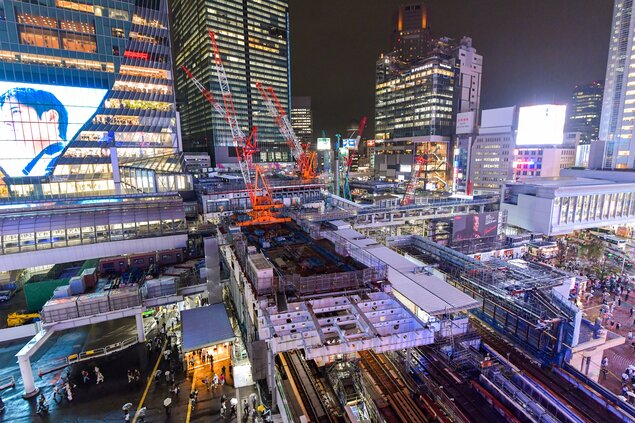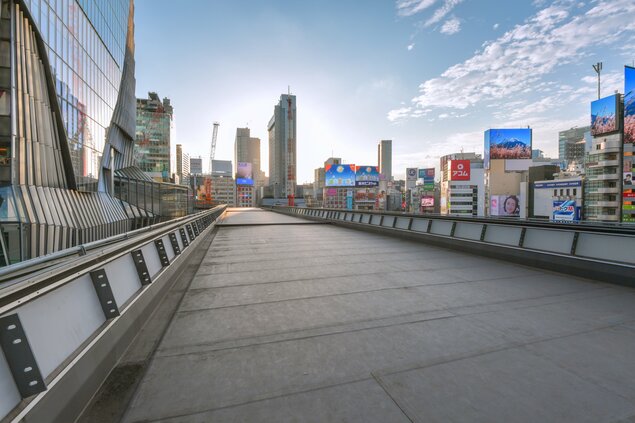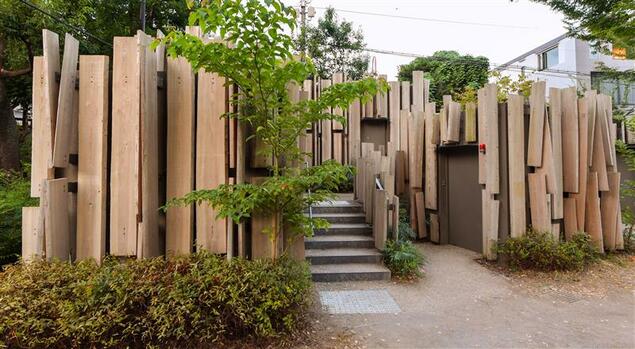TOKYO, Japan Wire – Wary of Halloween and New Year’s countdown crowds, Tokyo’s Shibuya Ward is ramping up efforts to tackle overtourism, urging visitors to explore beyond its iconic scramble crossing.
Speaking to media on September 30, Shibuya Mayor Ken Hasebe said that with the recovery of foreign visitors to Japan in recent years, managing crowds has become even more of a critical challenge for the ward.
“Foreign tourists in particular tend to stick to the famous spots in Shibuya like the scramble crossing intersection and the Hachiko statue. This contributes to dangerous levels of congestion,” he said.
While many visitors are drawn to the area’s youth and popular culture, Hasebe said that by encouraging them to discover other sides of Shibuya they aim to direct people away from potential trouble spots, particularly during Halloween and New Year.
Dispersing the crowds means overcoming Shibuya’s undulating topography, including around Shibuya Station.
One of the busiest train stations in Tokyo, Shibuya Station’s location at the bottom of a valley requires travelers to navigate changes in elevation in getting to and from the station and the surrounding buildings.
Hasebe highlighted the “urban core” concept which emerged from redevelopment work transforming the station area.

Photo shows ongoing redevelopment work around Shibuya Station on Sept. 30, 2025. (Japan Wire)
Town planners are using so-called urban cores to facilitate vertical movement through halls of elevators and escalators which navigate the topography and connect people to the station and surrounding buildings. Cores have already been established at the basement levels and lower floors of skyscrapers Shibuya Hikarie and Shibuya Scramble Square, among buildings near the station.
Shibuya’s urban core will eventually provide access to the Skyway — an elevated walkway aimed at effectively flattening the topography for pedestrians and eliminating a divide east and west of Shibuya Station.
When completed, Skyway will connect Shibuya Hikarie, east of the station, with the commercial facility Mark City, to the west. The walkway is due to be completed in 2030.
 Photo taken on Sept. 30, 2025, shows a section of the elevated walkway Skyway near Shibuya Hikarie. (Japan Wire)
Photo taken on Sept. 30, 2025, shows a section of the elevated walkway Skyway near Shibuya Hikarie. (Japan Wire)
Improvements in infrastructure around Shibuya Station will make it easier for visitors to explore beyond the station area and find their way to lesser-known spots like Nabeshima Shoto Park.
In September, members of the media were taken on a tour of the park and the neighboring Shoto Museum of Art in an up-scale residential area, west of Shibuya Station, sometimes referred to as Japan’s Beverly Hills.
The park derives its name from the Nabeshima family who acquired the land in 1876. The family sold tea under the brand Shoto, a name inspired by the sound of the boiling water used to make the tea.
Nabeshima Shoto Park is now home to one of 17 public restrooms in Shibuya designed for The Tokyo Toilet project. Through the project, notable architects were commissioned to design facilities that change the image of public restrooms, turning them into symbols of “omotenashi,” or Japanese hospitality.
The restroom in Nabeshima Shoto Park was designed by architect Kengo Kuma, known for the National Stadium used for the Tokyo Olympics and Paralympics in the summer of 2021.

Photo taken on Sept. 30, 2025, shows a restroom in Shibuya designed by Kengo Kuma for The Tokyo Toilet project. (Japan Wire)
As well as dispersing crowds by area, efforts are underway to do so according to the time of day.
Akiko Miyamoto, the ward’s head of international urban strategy, said that while Shibuya’s reputation for nightlife attracts people from around the world, many visitors tend to become concentrated in areas like Dogenzaka and the streets around department store Shibuya 109, north of the station.
Miyamoto said they are working with bar and nightclub associations to encourage tourists to visit Shibuya’s many cozy music bars which are widely spread across the district.
“I think that music bars and nighttime venues are for Shibuya what historical buildings are for Kyoto,” she said. “We want to fully recognize the value of these spaces and make foreign visitors aware of them.”
Shibuya was the most popular destination in Tokyo among foreign tourists in 2024, according to a survey conducted by the Tokyo Metropolitan Government.
Targeting tourists at the international boarding lounges of Narita and Haneda airports, 62.6 percent of the over 14,000 survey respondents said they had visited Shibuya during their stay in Japan.
This article was submitted by a contributing writer for publication on Japan Wire.


AloJapan.com